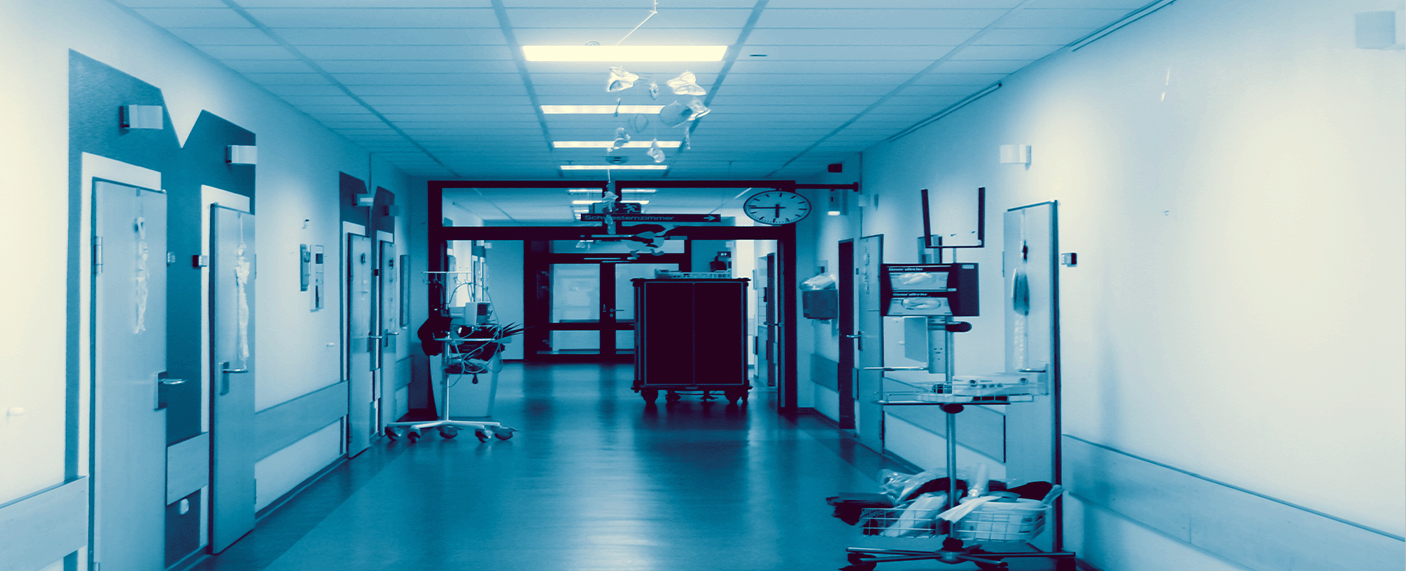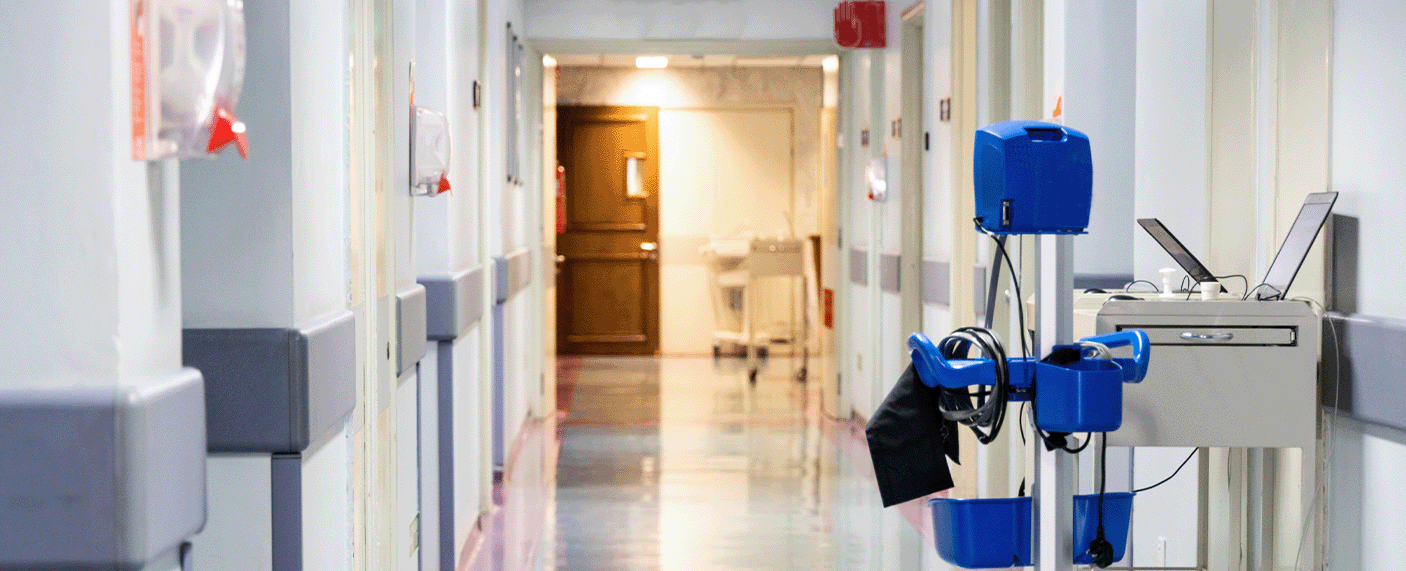Fire safety is a critical priority for any building, but in healthcare settings, the stakes are significantly higher. Hospitals, clinics, and care homes house vulnerable patients many of whom have limited mobility, cognitive impairments, or complex medical needs. The presence of high-value equipment, oxygen supplies, and flammable substances further complicates fire risk management.
The Fire Safety Challenge in Healthcare Environments
Unlike most buildings, healthcare facilities are often unable to follow standard evacuation procedures. The evacuation or relocation of patients can be difficult or, in some cases, impossible without significant support. Moreover, these facilities must balance fire safety with the need to maintain continuous care, especially in critical wards such as intensive care, neonatal units and operating theatres.
According to the Fire Industry Association (FIA), the NHS has recognised these complexities, introducing a new national fire safety framework in 2023. This framework focuses on risk-based decision making, robust governance, and accountability at the highest levels, helping NHS Trusts and healthcare providers strengthen their approach to fire safety.
Key Components of Fire Safety Regulations in Healthcare
Healthcare fire safety measures in the UK are shaped by a variety of standards and regulations, including:
- HTM 05-01: Firecode – the key NHS guidance for fire safety management in healthcare premises.
- Regulatory Reform (Fire Safety) Order 2005 – the overarching legislation placing responsibility for fire safety on building owners and operators.
Critical fire safety components include:
Fire-Resistant Construction
Healthcare facilities are designed with fire compartmentation in mind. This limits the spread of fire and smoke, giving staff time to relocate patients horizontally (within the same floor) or vertically (between floors) if full evacuation is not immediately possible.
Fire Detection and Alarm Systems
Early detection is vital in healthcare environments. Systems must be capable of identifying fires quickly while minimising false alarms, which can be highly disruptive in medical settings.
Fire Suppression Systems
Automatic sprinkler systems, portable fire extinguishers, and in some cases gaseous suppression systems are key tools for managing fire at source.
Emergency Lighting and Signage
Emergency exits and evacuation routes must be clearly marked and supported by reliable emergency lighting in the event of power failure.
Regular Inspections and Maintenance
Routine inspections, testing, and servicing of fire safety systems are mandatory. Inadequate maintenance can result in system failure during an emergency, putting lives at risk.

Creating and Implementing a Comprehensive Fire Safety Plan
A detailed fire safety plan is essential for any healthcare organisation. This plan should be built around the following:
Risk Assessment
Every healthcare site must conduct regular, thorough risk assessments. These assessments should consider hazards unique to the environment, such as medical gases, laundry facilities, kitchens, and storage for flammable chemicals.
Emergency Procedures
Procedures must be in place for fire containment, phased evacuation, and communication with emergency services. Staff should be clear on when and how to use internal relocation strategies, full evacuation, or shelter-in-place tactics.
Staff Training
The effectiveness of any plan depends on the competence of staff. Training should cover the use of fire extinguishers, safe evacuation of patients (including the use of evacuation chairs and ski sheets), communication during emergencies, and regular participation in fire drills.
Coordination with Fire and Rescue Services
Working closely with local fire services ensures responders are familiar with the building layout, evacuation procedures, and unique risks within the facility.
Special Considerations for Patient Safety
In healthcare facilities, patient safety is of utmost importance during a fire emergency. Special protocols should be in place to address the unique challenges of evacuating patients.
Evacuation of Patients
- Mobility Assistance: Patients with mobility issues may require additional help during an evacuation. Staff should be trained in using evacuation chairs and other mobility aids.
- Prioritising Patients: Patients should be prioritised based on their mobility and medical needs. Critical patients may need to be evacuated first, with staff ensuring their medical equipment is transported safely.
- Communication with Patients: Clear communication with patients is essential to keep them calm and informed during an evacuation.
Protecting Critical Equipment
Medical equipment is often vital to patient care and should be protected during a fire. Staff should be trained on how to safely shut down equipment and, if possible, transport it with patients.

The Role of Technology in Fire Safety
Modern fire safety technology offers healthcare facilities more intelligent and reliable systems. Advances include:
Enhanced Detection Systems
Today’s fire detection systems combine smoke, heat, and multi-censor technology to reduce false alarms while providing faster, more accurate detection.
Integrated Building Management
Fire alarm systems can now be linked with other critical systems, such as HVAC shutdown, access control and nurse call systems – to support a coordinated emergency response.
Real-Time Monitoring and Alerts
Cloud-based fire alarm management platforms allow facility managers to monitor system health, track maintenance schedules and receive immediate alerts of faults or activations. This enhances accountability and speeds up incident response.
Special Considerations for Fire Safety in Healthcare Facilities
Healthcare environments present specific challenges that require specialist solutions:
- False Alarm Management: Frequent false alarms can erode staff confidence and lead to slower evacuation responses. Modern systems are designed to filter out nuisance alarms, particularly in areas prone to steam, dust, or aerosol sprays (e.g., kitchens, bathrooms, physiotherapy suites).
- Horizontal Evacuation Planning: Because immediate vertical evacuation is not always safe or feasible, plans must include strategies for moving patients to adjacent fire compartments.
- Protection of Critical Equipment: Medical devices essential to patient care must be safeguarded during fires. This includes safe shutdown procedures and, where possible, relocation alongside patients.
- Continuous Improvement: Fire safety is not static. The new NHS framework highlights the need for ongoing review, governance, and learning from incidents and near misses.
How Drax 360 Supports Fire Safety in Healthcare
At Drax 360, we provide tailored fire safety solutions designed to meet the specific needs of healthcare facilities. Additionally, through our sister company Drax Technology, we are able to provide technology driven solutions to keep healthcare facilities safe. Our services include:
Planned Preventative Maintenance (PPM)
- Drax 360 offers comprehensive maintenance services to ensure fire alarm systems are fully compliant and operational. Our expert engineers deliver routine testing, servicing, and repairs in line with BS 5839 standards.
Technical Support and Training
- We work alongside healthcare fire safety teams to provide training, technical advice, and system configuration support, helping ensure that staff can respond confidently in an emergency.
Fire Alarm Management Platforms
- Drax Technology’s cloud-based platform enables real-time monitoring of fire alarm systems across single or multiple sites. It helps healthcare providers manage faults, track performance, and provide auditable reports.
False Alarm Reduction
- Drax Technology specialises in solutions that reduce false alarms, helping healthcare providers minimise disruption and improve safety. Our technology supports data-driven analysis to identify and address causes of unwanted activations.
Integration with Critical Systems
- Drax Technology’s solutions can integrate with wider building management systems, supporting coordinated responses such as smoke control, lift grounding, and access control override
Fire safety in healthcare settings demands a proactive, well-planned, and technology-supported approach. By adhering to the latest standards, training staff effectively, and investing in modern fire detection and management systems, healthcare providers can better protect patients, staff, and vital services.
Drax 360 is proud to support NHS Trusts, private healthcare providers, and specialist care facilities with fire safety solutions that go beyond compliance – helping create safer environments for everyone. Contact us today to find out how we can help your healthcare facility.





